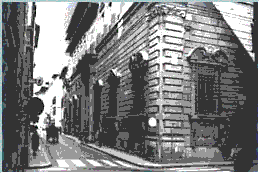

Museo
di Storia Naturale di Firenze
(Natural History Museum of
Florence)
Florence

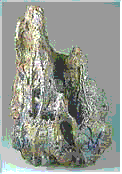

|
|
Field/Online
Collection(s):
|
-Botany, Mammalogy ,
Mineralogy, Paleontology.
|
 The
Museum, part of the University of Florence, is composed of
these principal sections: The
Museum, part of the University of Florence, is composed of
these principal sections: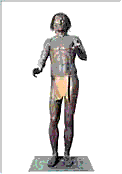
- Anthropology
- The National Museum of Anthropology and Ethnology,
founded in 1869, is one of the most important
anthropological museums in Europe. It houses more than
25,000 objects of ethnological interest, a large number
of which are on show to the public and about 7,000
anthropological finds (bones, plaster casts, hair).
- Botany
- The Botanical Museum has two herbaria that were created
in the pre-Linnaean period, that is before the famous
Swedish scientist, Carl Linnaeus (1707-1778) established
definite rules for classifying and defining plants in
1753. These are the Cesalpino Herbarium, one of the
world's first herbaria, prepared in 1563, and the
Micheli-Targioni Herbarium, that dates from the early
XVIII century.
- Geology
and Paleontology
- The open section of the Museum is mostly dedicated to
Italian fossil mammals, collected during over two
centuries and for which the Museum has gained a worldwide
renown. On the second floor, which is not open for the
public, the Museum has stored collections of
invertebrates, rocks and plants.
- Mineralogy,
Lithology and
Crystallography (with a database
for crystal
structures) - The
mineralogical collections, originating from the first
half of the XVI century, under the patronage of the
Medici family, make Florence's Museum of Mineralogy the
most important in Italy, and one the most widely known
abroad, for its historical and scientific value and for
the great number of specimens.
Specimens are about 45,000, the most important of which
are the large geods of amethyst, the topaz crystal (of
151 Kg, the second largest in the world), and the crystal
of aquamarine. T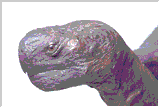 here
are also specimens of quartz, calcyte, tourmaline, gold
and many precious stones and the metheorite
collection. here
are also specimens of quartz, calcyte, tourmaline, gold
and many precious stones and the metheorite
collection.
- Zoology
- The Specola Museum was opened to the public in 1775,
and it is the oldest scientific museum in Europe. It
holds the largest collection of anatomical waxworks in
the world, manufactured between 1770 and 1850 and over
3,500,000 animals, of which only 5,000 are in view to the
public.
- The Botanical
Garden has
several permanent exhibits involving a number of thematic
routes such as The Pteridophytes, Succulent Plants,
Carnivorous Plants, Medicinal plants, Tropical
Greenhouse, Bromeliad Greenhouse, The Cycads, and the
Orchids.
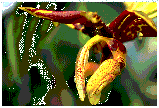


|







